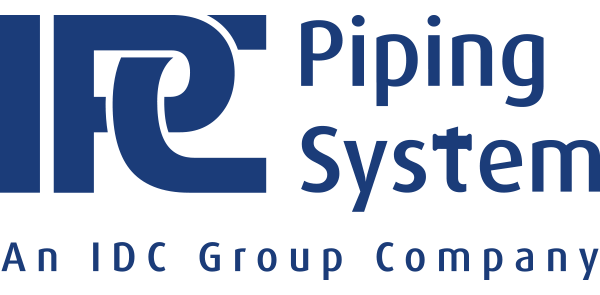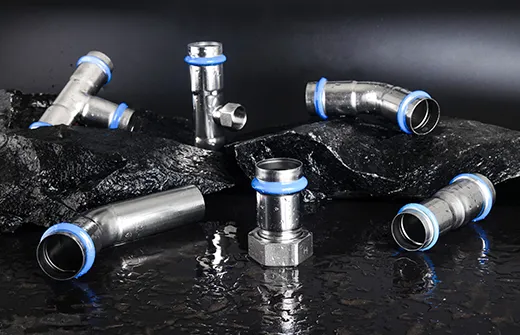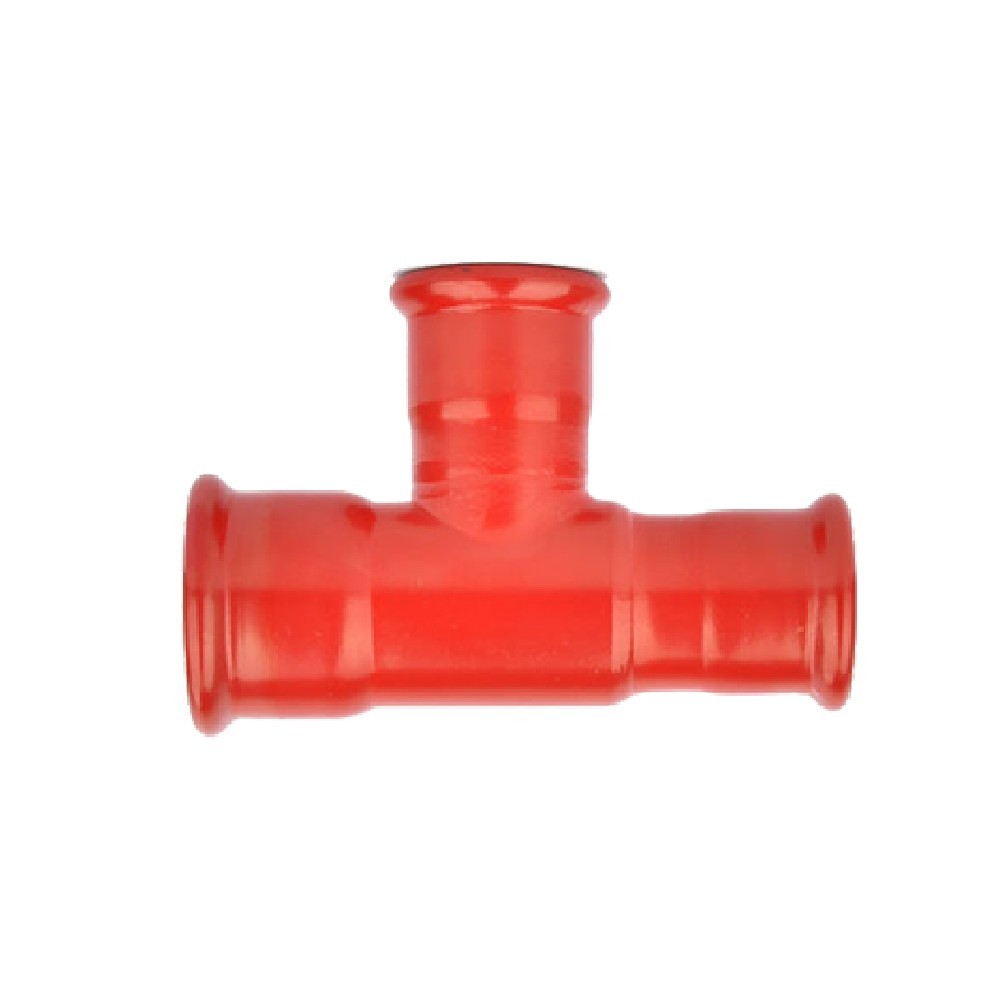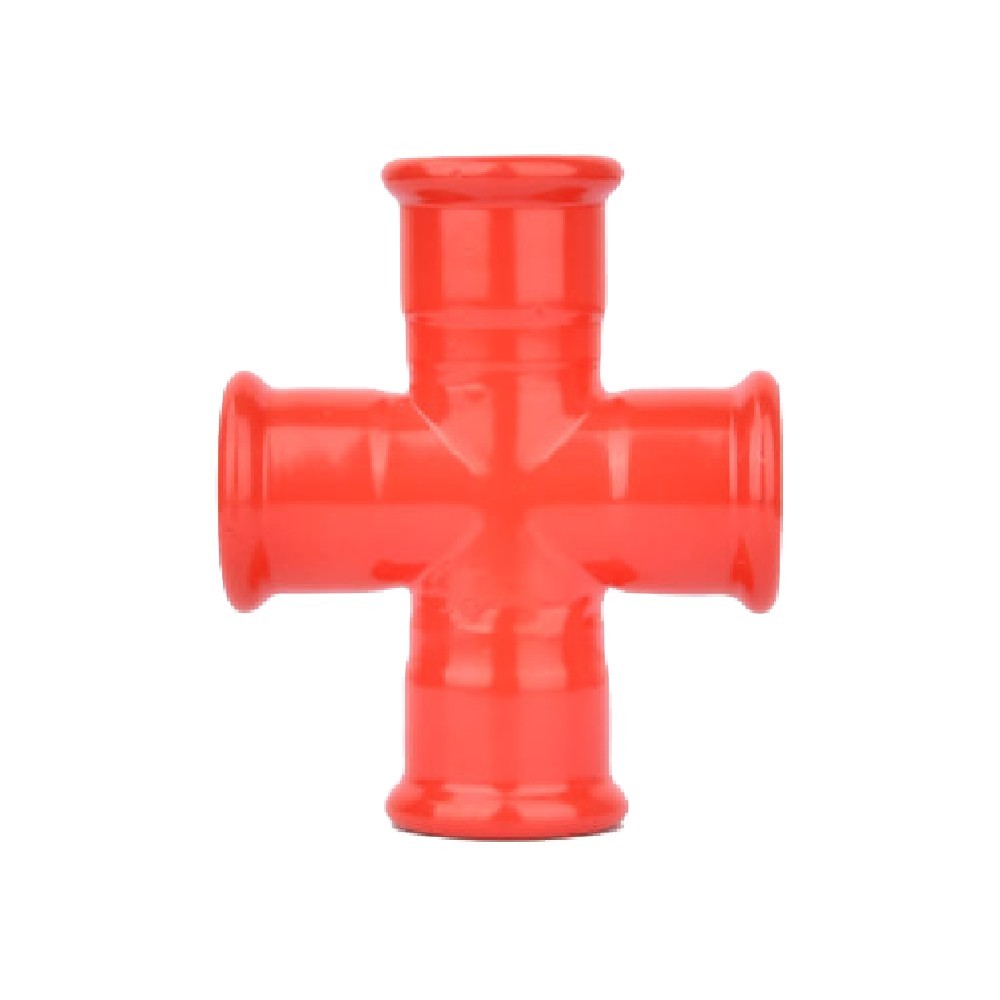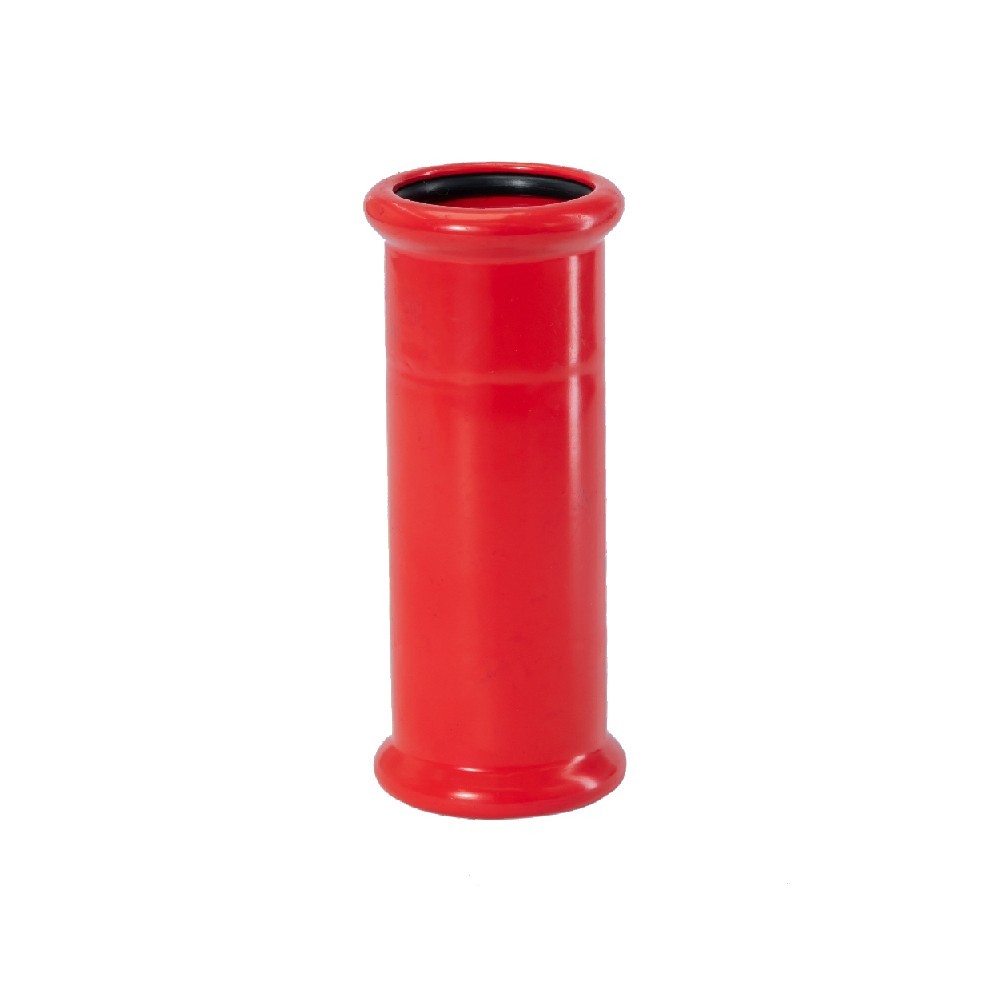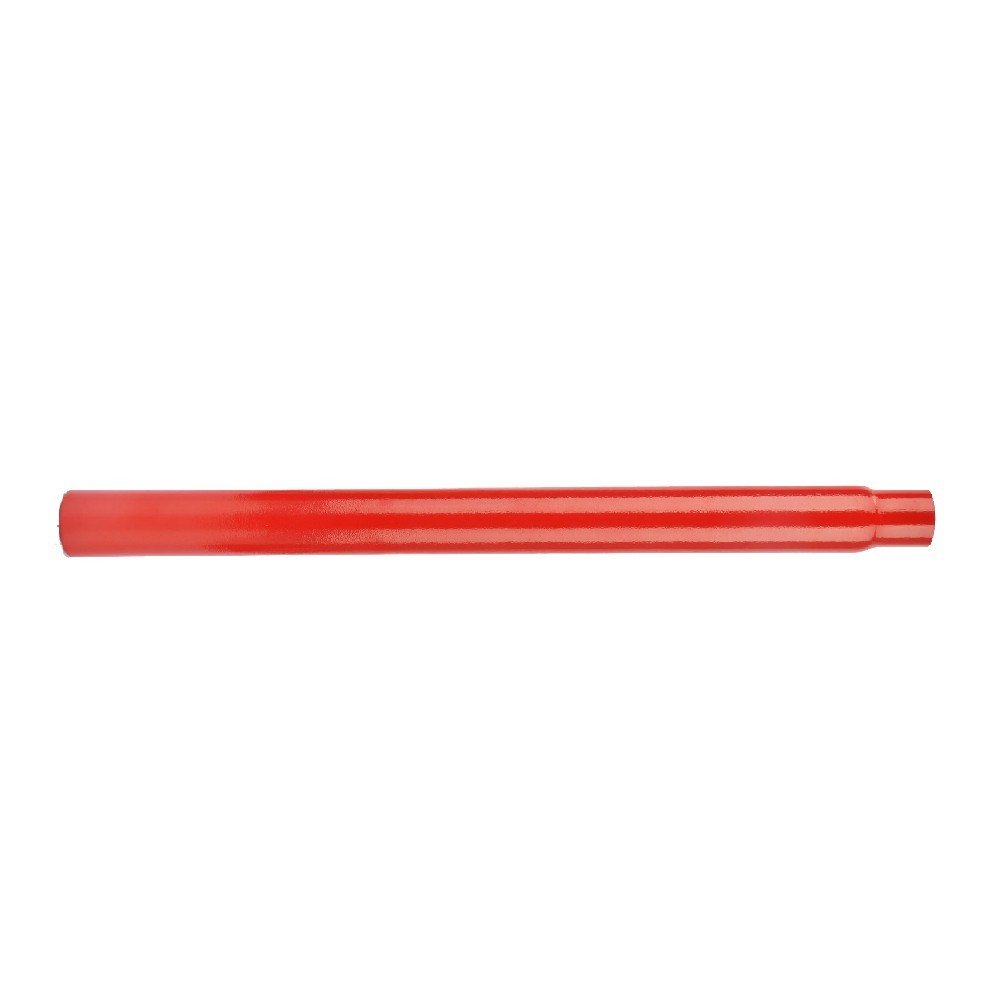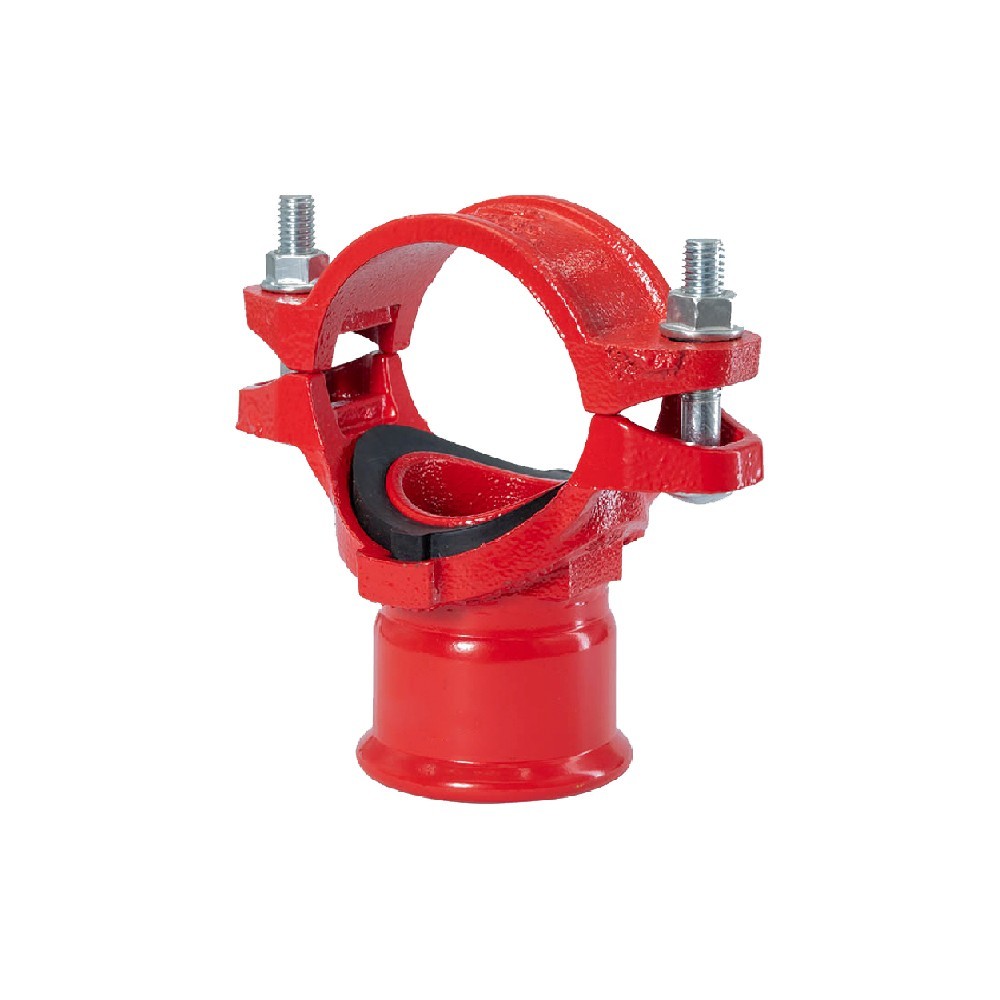Understanding the Advantages of 45° Obtuse Street Elbows in Modern Architecture
May 11,2025
Understanding the Advantages of 45° Obtuse Street Elbows in Modern Architecture
Table of Contents
- 1. Introduction to 45° Obtuse Street Elbows
- 2. What are 45° Obtuse Street Elbows?
- 3. Key Benefits of Using 45° Obtuse Street Elbows
- 3.1 Enhanced Flow Efficiency
- 3.2 Space-Saving Design
- 3.3 Aesthetic Considerations
- 3.4 Durability and Reliability
- 4. Applications of 45° Obtuse Street Elbows in Architecture
- 5. Installation Techniques for 45° Obtuse Street Elbows
- 6. Maintenance Tips for Longevity
- 7. Frequently Asked Questions
- 8. Conclusion
1. Introduction to 45° Obtuse Street Elbows
In the realm of modern architecture, the importance of utilizing effective and efficient materials cannot be overstated. Among these materials, **45° obtuse street elbows** have emerged as pivotal components in various structural systems. These fittings offer unique advantages, making them integral to both functionality and design. By understanding their numerous benefits, architects and builders can make informed decisions when integrating them into their projects.
2. What are 45° Obtuse Street Elbows?
**45° obtuse street elbows** are specialized piping fittings designed to connect sections of pipe at a 45-degree angle. Unlike standard elbows, these fittings allow for a smoother transition in flow direction, minimizing turbulence and promoting optimal fluid movement. Typically constructed from durable materials such as stainless steel, these elbows can withstand various environmental conditions, making them ideal for both residential and commercial applications.
3. Key Benefits of Using 45° Obtuse Street Elbows
The integration of 45° obtuse street elbows into architectural designs provides a multitude of advantages. Below, we explore the key benefits associated with their use.
3.1 Enhanced Flow Efficiency
One of the primary benefits of using 45° obtuse street elbows is their ability to enhance flow efficiency. The gradual transition provided by these elbows significantly reduces the risk of turbulence, allowing fluids to move smoothly through the piping system. This feature is particularly important in plumbing and drainage systems, where unrestricted flow is crucial for optimal performance. Enhanced flow efficiency can lead to reduced energy consumption, contributing to more sustainable building practices.
3.2 Space-Saving Design
In urban environments where space is at a premium, the compact design of 45° obtuse street elbows can be a game-changer. Their unique angle allows for tight bends without the need for additional fittings, maximizing the use of available space. This is particularly advantageous in renovation projects or when integrating new systems into existing structures, where conserving space is often a major concern.
3.3 Aesthetic Considerations
Beyond their functional benefits, 45° obtuse street elbows also contribute positively to the aesthetic aspect of architectural design. They can be seamlessly integrated into visible piping systems, ensuring that the overall look of the installation is clean and professional. The sleek design of these elbows can enhance the visual appeal of a building, especially in modern architectural styles that emphasize minimalism and industrial elements.
3.4 Durability and Reliability
Durability is a hallmark of 45° obtuse street elbows. Constructed from high-quality materials like stainless steel, these fittings are resistant to corrosion and wear, ensuring long-lasting performance. Their robustness makes them suitable for various applications, including high-pressure systems, where reliability is paramount. By investing in durable street elbows, architects and builders can reduce maintenance costs and extend the lifespan of their installations.
4. Applications of 45° Obtuse Street Elbows in Architecture
The versatility of 45° obtuse street elbows makes them suitable for a wide range of applications within modern architecture. Below are some notable areas where these fittings prove invaluable.
4.1 Plumbing Systems
In plumbing systems, 45° obtuse street elbows are frequently employed to redirect pipes while maintaining optimal flow. Their ability to minimize pressure drops is crucial in ensuring efficient water supply and drainage systems. Whether in residential homes or large commercial buildings, these elbows play a key role in the overall plumbing infrastructure.
4.2 Ventilation Systems
Ventilation systems also benefit from the integration of 45° obtuse street elbows. In heating, ventilation, and air conditioning (HVAC) systems, these elbows facilitate smooth airflow, which is essential for maintaining indoor air quality and comfort. Their design helps to reduce noise levels and improve overall system efficiency.
4.3 Electrical Routing
In addition to plumbing and ventilation, 45° obtuse street elbows can also be used in electrical routing. These elbows allow for the effective management of electrical conduits, ensuring that cables are routed efficiently without compromising safety or accessibility. This application is particularly relevant in commercial buildings, where complex electrical systems are often required.
5. Installation Techniques for 45° Obtuse Street Elbows
Proper installation of 45° obtuse street elbows is critical to achieving the benefits outlined above. Here are some key techniques to ensure a successful installation:
1. **Preparation**: Before installation, ensure that all pipes are cut to the appropriate lengths and are deburred to avoid any obstructions.
2. **Alignment**: Carefully align the elbow with the adjoining pipes to ensure a snug fit. Misalignment can lead to leaks or reduced flow efficiency.
3. **Securing**: Utilize appropriate fittings or supports to secure the elbow in place. This may involve the use of clamps, adhesive, or welding, depending on the material and application.
4. **Testing**: Once installed, conduct a thorough inspection and test the system for leaks or flow issues. This step is essential for ensuring the integrity and functionality of the installation.
6. Maintenance Tips for Longevity
To maximize the lifespan of 45° obtuse street elbows, regular maintenance is essential. Here are some tips to ensure their durability:
- **Routine Inspections**: Schedule periodic inspections to check for any signs of wear, corrosion, or leaks. Early detection can prevent major issues down the line.
- **Cleaning**: Depending on the application, it may be necessary to clean the elbows periodically to remove any buildup that may hinder flow.
- **Replacement**: Should any elbows show signs of severe damage or degradation, prompt replacement is crucial to maintain system integrity.
7. Frequently Asked Questions
1. What materials are 45° obtuse street elbows typically made from?
Most 45° obtuse street elbows are constructed from durable materials like stainless steel, PVC, or copper, depending on the specific application and environmental conditions.
2. Can 45° obtuse street elbows be used outdoors?
Yes, when made from corrosion-resistant materials, these elbows are suitable for outdoor applications, including plumbing and drainage systems.
3. How do I know if I need a 45° obtuse street elbow for my project?
If your project requires a change in direction for piping with minimal flow disruption, a 45° obtuse street elbow is an excellent choice.
4. Are there any size limitations for 45° obtuse street elbows?
These elbows are available in various sizes to accommodate different piping systems. It’s essential to select the appropriate size based on the specific requirements of your project.
5. What is the difference between a 45° obtuse elbow and a standard elbow?
The primary difference is the angle of the bend. A 45° obtuse elbow offers a more gradual transition than a standard elbow (usually 90°), resulting in improved flow efficiency.
8. Conclusion
In conclusion, **45° obtuse street elbows** stand out as essential components in modern architectural design, offering significant benefits in terms of flow efficiency, space savings, aesthetic appeal, and durability. Their versatile applications in plumbing, ventilation, and electrical systems underscore their importance in creating functional and visually pleasing structures. By understanding the advantages and proper installation techniques of these fittings, architects and builders can enhance their projects’ performance and longevity, ultimately leading to more sustainable and successful architecture.
Latest News
